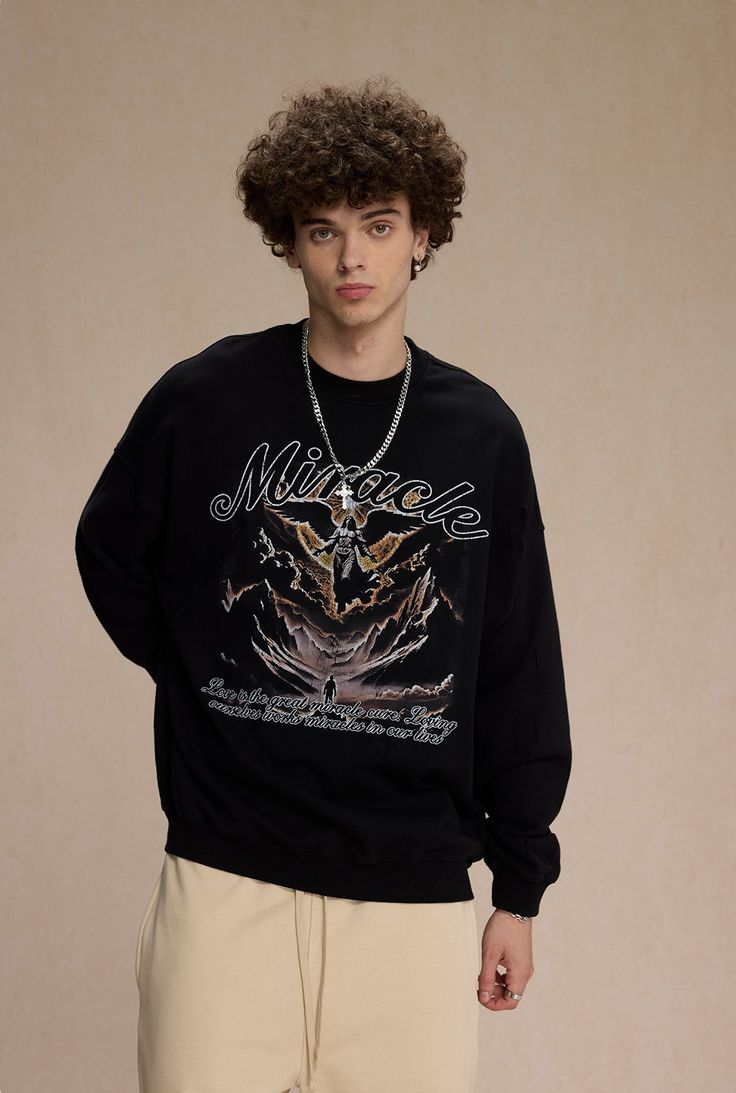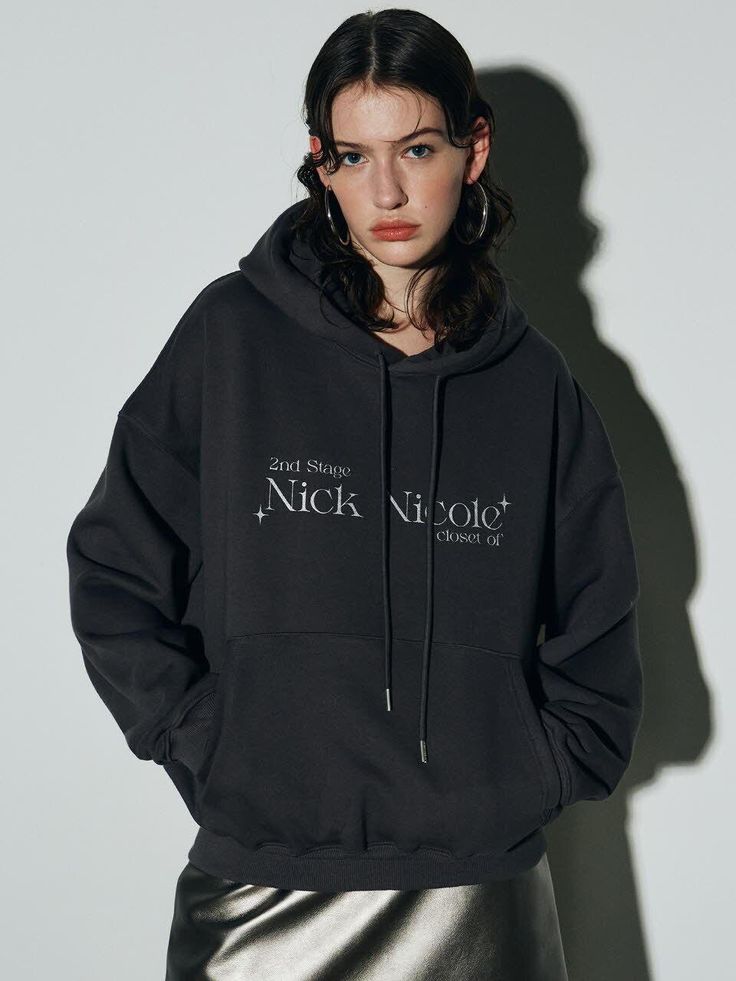In 2025, fashion is no longer a solitary act of style—it is a remix of global cultures, digital codes, and artisanal craft. Gone are the days when clothing was a static statement or trend-driven uniform. Today’s fashion landscape is a hybrid terrain where the traditional coexists with the tech-driven, where folklore meets futurism, and where garments speak not only of taste but of identity, memory, and resistance. This transformation, called “The Remix Wardrobe,” marks a pivotal shift in the fashion ecosystem—an aesthetic and cultural fusion that breaks down boundaries between past and present, the handmade and the programmed, the local and the global.
This evolution reflects how deeply interconnected our world has become. Technological innovation has given rise to a new breed of digital creators who weave code into couture. At the same time, fashion is circling back to craft traditions, celebrating indigenous artistry and ancestral techniques as sacred blueprints for sustainable futures. Across continents, creatives remix heritage with hyper-modernity, producing garments that are not just worn but experienced—coded with narrative, encoded with values, and crafted with intention.
This article dives into the intricate world of The Remix Wardrobe. It traces the roots of this phenomenon, explores the cultural and technological forces shaping it, and examines how it is redefining aesthetics, identity, and consumption. You will discover how designers, technologists, and artisans are collaborating in unexpected ways to create pieces that challenge conventional fashion norms. It is an exploration of a fashion future where diversity is not just represented—it is revered. A future where the seams of your jacket may hold data, your shirt may tell a story, and your outfit might function as a bridge between generations, nations, and networks.
Let us now unravel this rich tapestry, thread by digital thread, craft by algorithm, and culture by remix.
Cultural Synthesis: The Global Collage of Identity
The contemporary wardrobe reflects a cultural mosaic more vivid and layered than ever before. Clothing is no longer bound by regional borders; it travels fluidly, absorbing the textures, silhouettes, and symbols of countless traditions. Globalization has not simply imported styles across nations—it has inspired a creative cross-pollination that leads to new forms entirely. Designers from Seoul to São Paulo blend traditional fabrics like hanbok silk and indigenous weavings with Western tailoring, crafting garments that transcend classification.
This remixing of culture in fashion is not mere appropriation—it is a thoughtful exchange when executed with reverence and knowledge. The modern consumer demands authenticity and provenance. Brands can no longer afford to strip cultural elements of meaning for aesthetic gain. Instead, a growing number of fashion houses collaborate directly with cultural custodians—craftspeople, elders, local artisans—ensuring that the stories behind the stitches are honored and preserved.
In this new landscape, garments become archives of ancestry. Embroidery patterns echo sacred symbols, color palettes reflect tribal rites, and silhouettes adapt ancient traditions for modern movement. Whether it is a Nigerian agbada adapted into a bomber jacket, or a Mexican rebozo reshaped into a flowing kimono-style coat, the Remix Wardrobe is a celebration of multiplicity—of many worlds coexisting in one garment. This blend challenges the monocultural dominance of Eurocentric fashion and proposes an inclusive ethos where every culture is a source of inspiration and innovation.
The Role of Digital Code: Generative Design and Algorithmic Aesthetics
As fashion embraces the digital age, the language of code becomes as vital as needle and thread. Generative design, powered by artificial intelligence and algorithmic input, now influences fabric patterns, silhouettes, and the very construction of garments. Designers use computational systems to produce infinite design variations—each piece unique, responsive, and data-driven.
This intersection of fashion and code allows for a level of customization previously unimaginable. Consumers can input body scans, personal aesthetic preferences, or even emotional states to generate bespoke outfits tailored to their exact needs. Algorithms, trained on datasets of historical fashion, cultural imagery, and contemporary trends, remix motifs and forms into garments that feel simultaneously familiar and futuristic.
Moreover, blockchain and smart textiles extend the potential of coded fashion. A digitally embedded dress can store provenance data, verify ethical sourcing, or trigger animations under certain light frequencies. The fashion industry, long criticized for its opacity, finds in digital code a transparent and traceable future. In this ecosystem, garments become intelligent artifacts—interactive, adaptive, and dynamic.
The Remix Wardrobe thus introduces a new kind of designer: the coder-creator, whose tools are lines of script rather than sketchbooks, whose inspiration is not only visual but mathematical. It marks a seismic shift in fashion design, placing creativity and computation in harmony.
Conclusion: A New Era Woven with Purpose, Precision, and Plurality
As we stand at the intersection of culture, code, and craft, the fashion world finds itself undergoing a profound metamorphosis. The Remix Wardrobe is not a fleeting trend or a seasonal concept—it is a permanent redefinition of what it means to dress, to express, and to belong. Fashion is no longer constrained by singular narratives or rigid traditions. Instead, it is being continuously rewritten by the multiplicity of voices, the fluidity of technology, and the enduring power of human hands.
This remix-driven approach to design has birthed a new vocabulary—one that honors heritage while embracing innovation, one that understands garments as both cultural artifacts and digital canvases. Whether through the intricate embroidery of a hand-woven sari integrated into a tech-infused trench coat or a blockchain-verified couture piece that tells a story of sustainability and transparency, today’s clothing encapsulates meaning beyond aesthetics. Each piece holds echoes of history, whispers of code, and the unmistakable fingerprints of craftsmanship.



